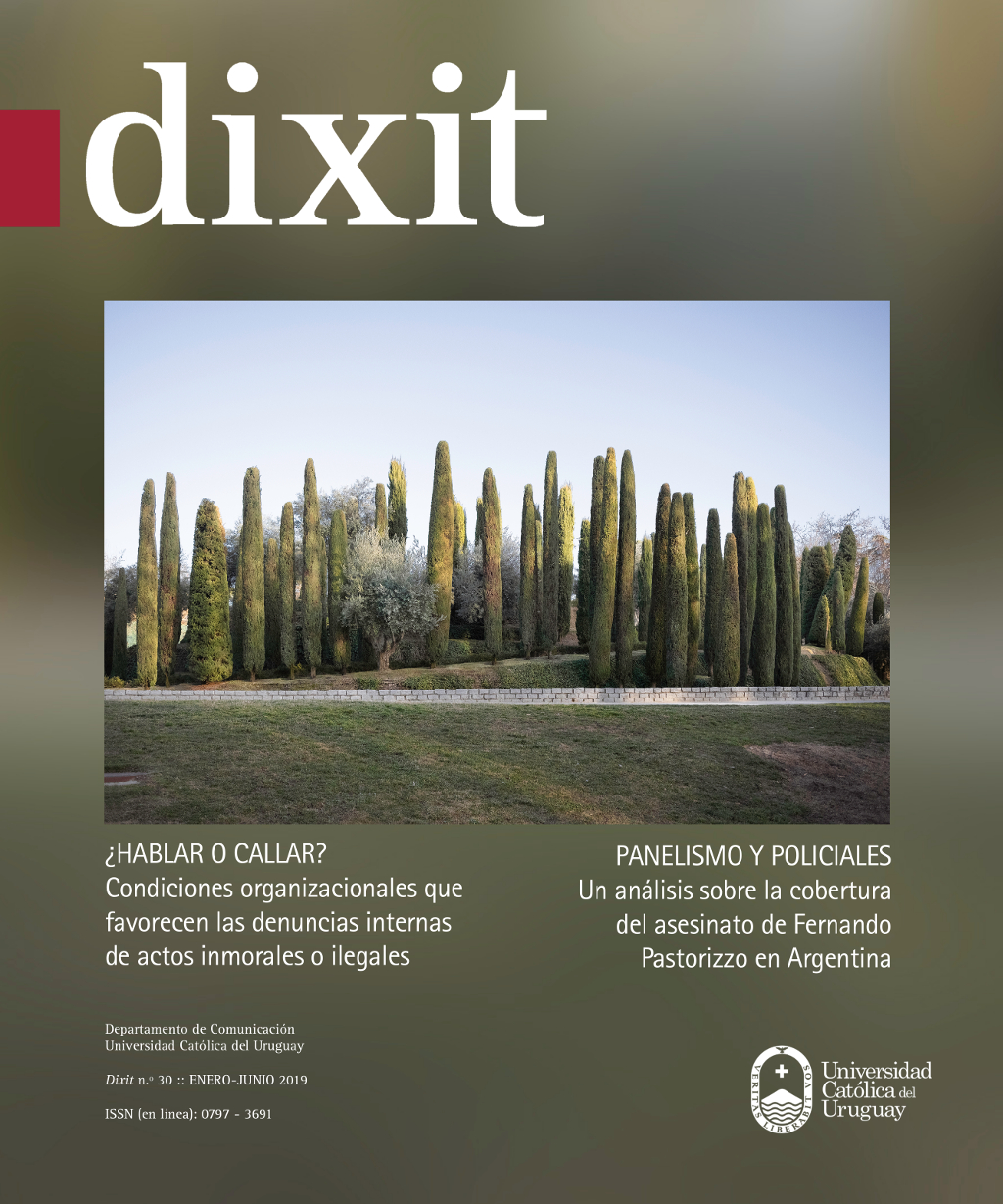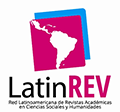Between traditions and hypermediations: a reflection for digital communication
DOI:
https://doi.org/10.22235/d.v0i30.1793Keywords:
communication theories, hypermediation, traditions, digital communication, mass communication, interpersonal communicationAbstract
The aim of this article is to contribute to the reflections on digital communication from a dialectical and dialogical perspective that articulates the theoretical traditions that enable the analysis of communicative problems with the concepts of hypermediation. To this end, the ideas of Robert Craig and his constitutive metamodel formed by the integration of seven traditions are put into dialogue with the ideas of Carlos Scolari, who analyses the new forms of communication that arise from the convergence between media and languages through the concepts of hypermediation, digitalisation, hypertextuality, reticularity, interactivity and multimediality. Building bridges between traditions and hypermediations allows us to fill the theoretical gaps produced by research processes that have alternated between mass communication and interpersonal communication, while at the same time it positions digital communication as a mediating strategy of dialogue between traditions.
Downloads
References
Bryant, J., y Miron, D. (2004). Theory and Research in Mass Communication. Mass Communication, 54(4), 662–704. https://doi.org/https://doi.org/10.1111/j.1460-2466.2004.tb02650.x
Chandler, D. (1998). Semiótica para principiantes. Quito, Ecuador: Ediciones Abya-Yala.
Craig, R. T. (1999). Communication Theory as a Field. Communication Theory, 9(2), 119–161.
Craig, R. T. (2015). The Constitutive Metamodel: A 16-Year Review. Communication Theory, 25, 356–374. https://doi.org/10.1111/comt.12076
Fidler, R. (1997). Mediamophosis: Understanding New Media. California, Londres y Nueva Delhi: Pine Forge Press. https://doi.org/10.4135/9781452233413
Jenkins, H., Ford, S., y Green, J. (2015). Cultura transmedia. La creación de contenido y valor en una cultura en red. Barcelona, España: Gedisa.
Karam, T. (2018). El Metamodelo Constitutivo de la comunicación en Robert Craig. Posibilidades y discusiones. Revista Iberoamericana de Comunicación, (36), 9-44. Recuperado de http://iberocom.mx/download/ric_36.pdf
Karam, T., y Cañizales, A. (2010). Veinte Formas de Nombrar a Los Medios Masivos. Introducción a enfoques, modelos y teorías de la comunicación. Recuperado de https://issuu.com/grupocomunicacionula/docs/karamycanizalez2010veinteformas
Littlejohn, S. W., y Foss, K. A. (2009). Encyclopedia of Communication Theory. Londres, California y Nueva Delhi: Sage Publications. http://doi.org/10.1007/s13398-014-0173-7.2
Montero-Díaz, J., Cobo, M.-J., Gutiérrez-Salcedo, M., Segado-Boj, F., y Herrera-Viedma, E. (2018). Mapeo científico de la Categoría «Comunicación» en WoS (1980-2013). Comunicar, 26(55), 81–91. https://doi.org/10.3916/C55-2018-08
Negroponte, N. (1995). Ser digital. Barcelona, España: Ediciones B.
Park, H. W., y Leydesdorff, L. (2009). Knowledge linkage structures in communication studies using citation analysis among communication journals. Scientometrics, 81(1), 157–175. https://doi.org/10.1007/s11192-009-2119-y
Paz García, A. P., y Spinosa, M. M. (2014). Periodismo político en Twitter: la cobertura electoral en #CBAVota (Argentina, 2011). Cuadernos.info, 34, 133-152. https://doi.org/10.7764/cdi.3
Schroeder, R. (2017). Towards a theory of digital media. Information, Communication & Society, 21(3), 1–17. https://doi.org/10.1080/1369118X.2017.1289231
Scolari, C. (2005). La mirada Semiótica, el mal ojo comunicacional y la miopía digital. En P. Espinosa Vera (Ed.), Semiótica de los Mass Media: Discursos de la comunicación global (pp.133-150). Monterrey, México: Universidad Autónoma de Nuevo León.
Scolari, C. (2008). Hipermediaciones. Barcelona, España: Gedisa.
Downloads
Published
How to Cite
Issue
Section
License
From issue number 32 onwards all contents are licensed under the Creative Commons Attribution 4.0 International License (CC BY 4.0).
Issues number 29-31 are licensed under the Creative Commons Attribution-NonCommercial 4.0 International License.
The contents corresponding to number 28 and earlier editions are under the Creative Commons Attribution-NonCommercial-ShareAlike 4.0 International License.


















